I know it's been posted to death, but I thought I'd post anyway..
During the Second World War, high explosive and incendiary bombs were stored in the old quarry, which was chosen because it was accessible by road and railway. Also, its remoteness meant there was a reduced risk to the public if there had been an explosion. Slate waste was spread over the bomb store to camouflage it from German planes.
It’s estimated that the storage area inside the quarry was equivalent to two football pitches. The bombs were unloaded in the reconfigured railway sidings after being brought by train directly from the munitions factories where they were made. In the old slate sheds on the site, women workers filled ammunition belts with rounds of bullets for machine guns.
When an RAF airbase needed ammunition for its planes, an order would be sent through to Glyn Rhonwy and be delivered by road or by rail. After the war, the tens of thousands of tons of armaments that had not been used were moved to a nearby quarry and detonated, resulting in thick black smoke obscuring the mountains. In the 1950s, a lake formed in the hollow left by the earlier quarrying. The water was removed when specialists began, in 1969, the long process of removing the remaining explosives and triggers.
Video here: https://youtu.be/Mzociz6skcM


















During the Second World War, high explosive and incendiary bombs were stored in the old quarry, which was chosen because it was accessible by road and railway. Also, its remoteness meant there was a reduced risk to the public if there had been an explosion. Slate waste was spread over the bomb store to camouflage it from German planes.
It’s estimated that the storage area inside the quarry was equivalent to two football pitches. The bombs were unloaded in the reconfigured railway sidings after being brought by train directly from the munitions factories where they were made. In the old slate sheds on the site, women workers filled ammunition belts with rounds of bullets for machine guns.
When an RAF airbase needed ammunition for its planes, an order would be sent through to Glyn Rhonwy and be delivered by road or by rail. After the war, the tens of thousands of tons of armaments that had not been used were moved to a nearby quarry and detonated, resulting in thick black smoke obscuring the mountains. In the 1950s, a lake formed in the hollow left by the earlier quarrying. The water was removed when specialists began, in 1969, the long process of removing the remaining explosives and triggers.
Video here: https://youtu.be/Mzociz6skcM
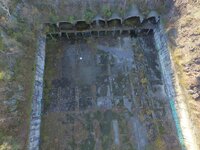
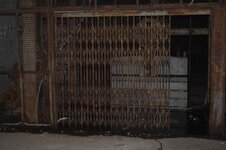
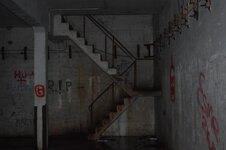
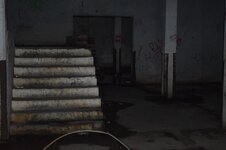
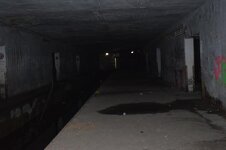
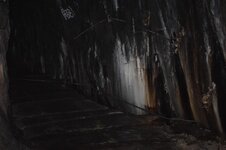
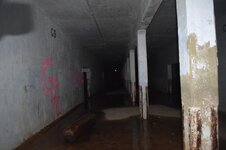
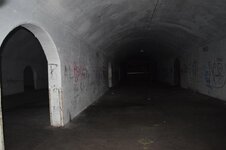
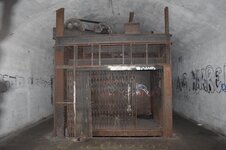


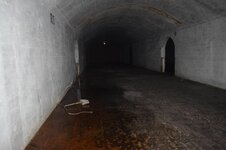
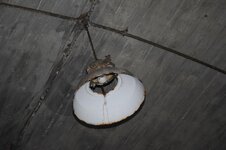
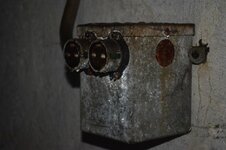
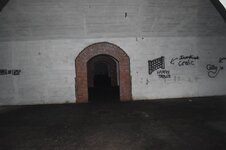
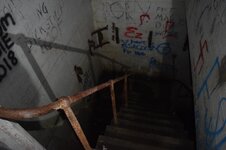
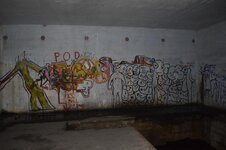
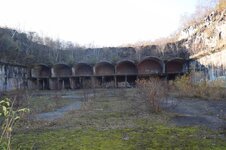
Last edited by a moderator:
